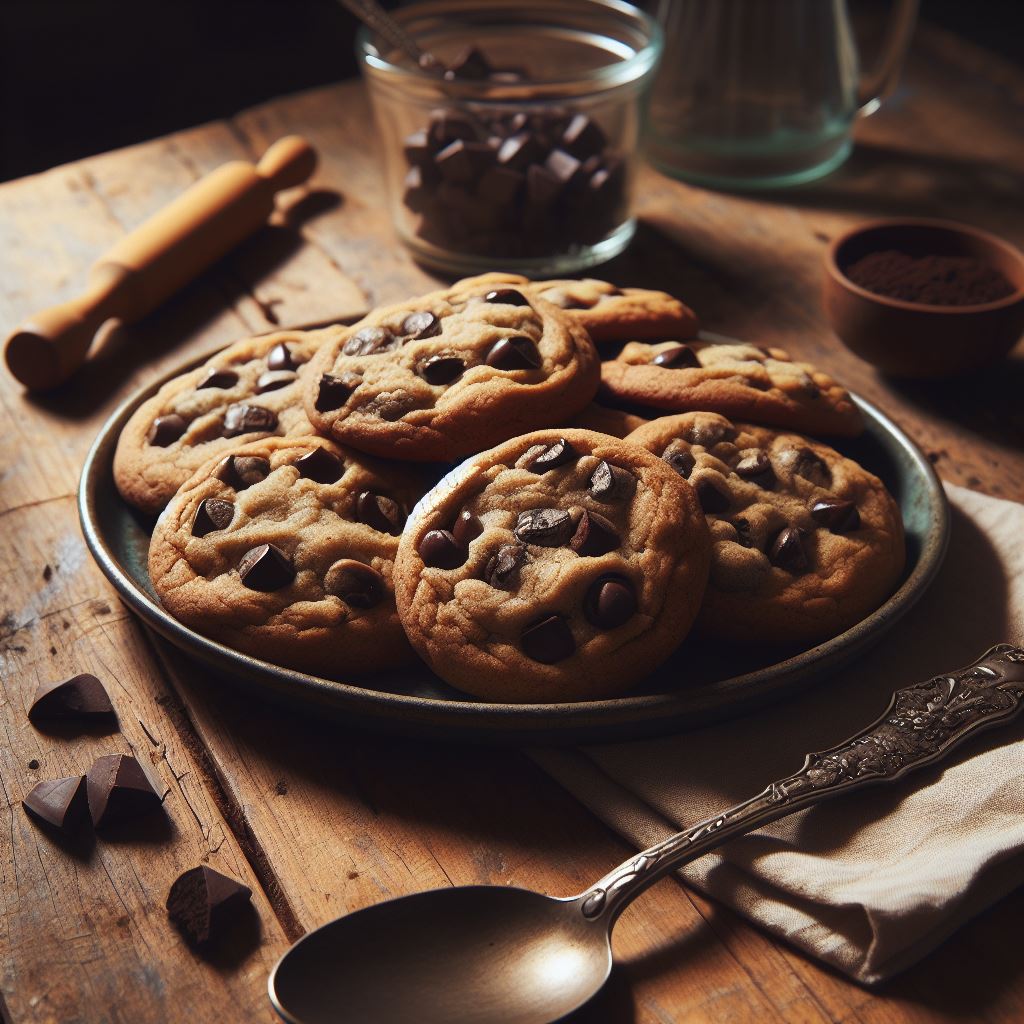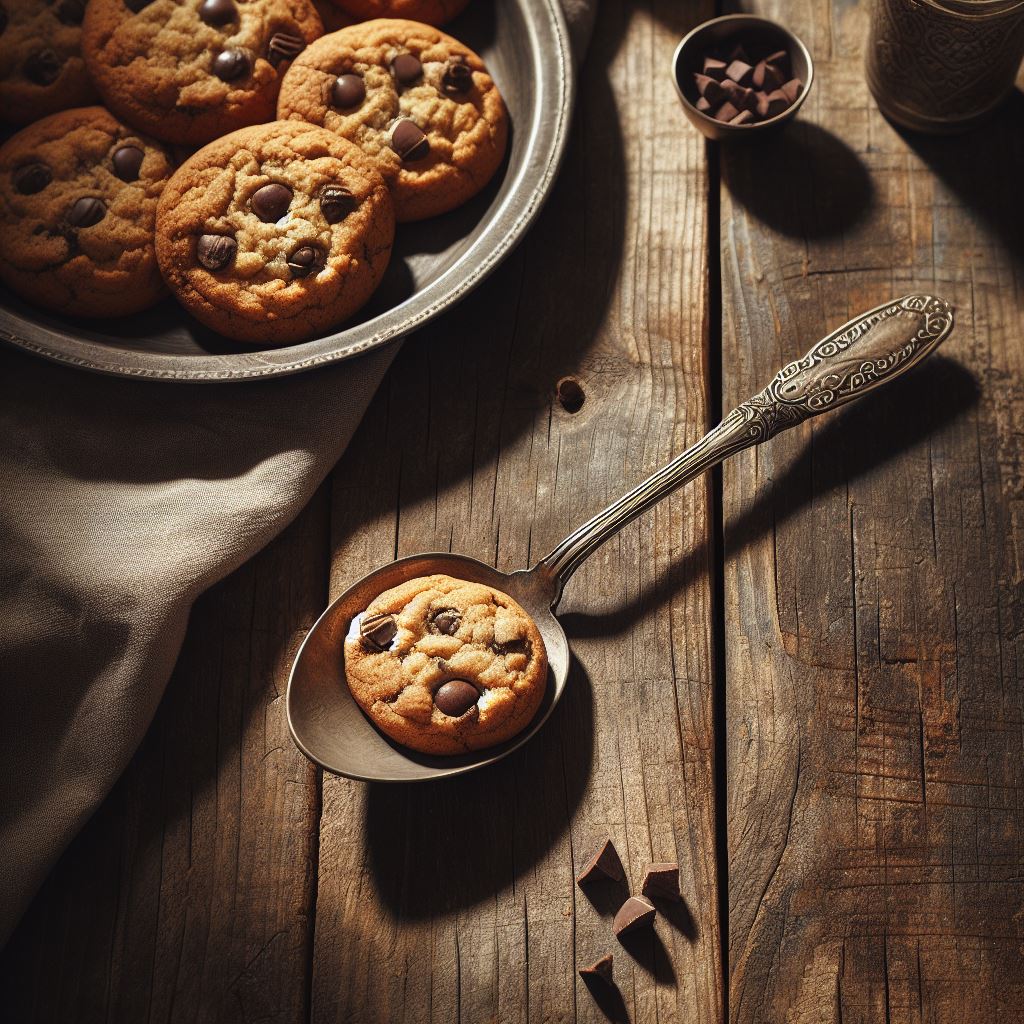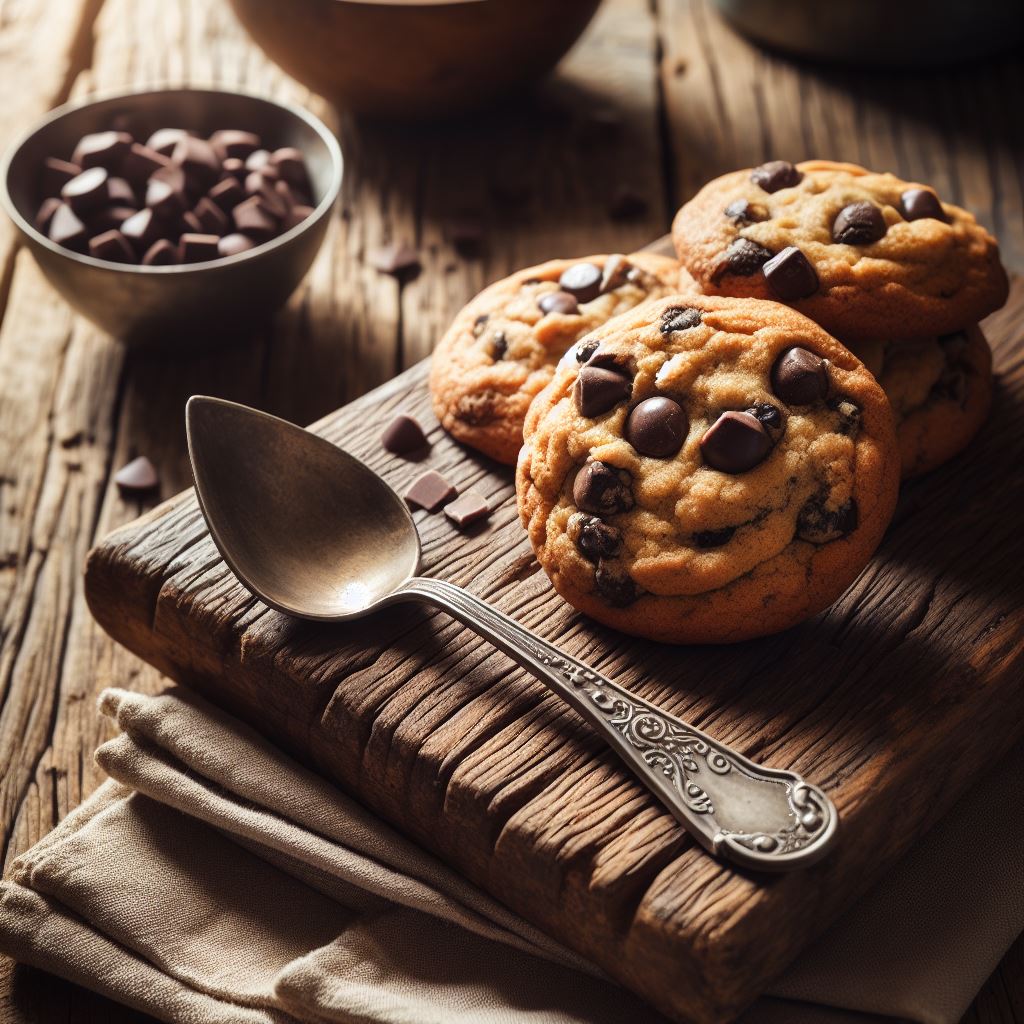Gifts
A head start towards the ‘Table Spoon,’ educating the public about its importance in 2024.
Table Spoon
A tablespoon, as its name goes, is a spoon allotted for one to have a dining table service. The shape and scale of the utensil are artists’ tools to bridge practicality and aesthetics, which makes it an essential kitchen tool for the consumption and serving of different kinds of food. The tablespoon is smaller, and it is made for individual purposes, so everyone can comfortably enjoy the meal with ease.

History and Evolution
The roots of the tablespoon can be traced as far back as ancient civilizations when the primeval materials for making those utensils were wooden boards, animal horns, or even seashells. From savage to the present society, craftsmen put their all into bringing out the functionality and beauty of the tablespoon by experimenting with different materials and designs. From precious silver spoons of the Renaissance era to a stainless steel utensil of today, a table knife has earned and received a very deep transformation through which it has expressed the culture and technology of each time.
Features and Design
The utilization of the tablespoon in its creation represents the functionality of that object. The bowl-shaped head of this utensil has been designed to aid in scooping and transferring bits of food, and the long handle offers people a user-friendly and comfortable way of holding the spoon during use. One of the main virtues of tablespoons is their variability. The material, the shape, and even the ornamental elements of a tablespoon are adjusted to suit diverse cultural expectations and dining experiences.
Materials:
Stainless steel: Because it can withstand such displacements, it is also able to boast more color options for different aesthetics.
Silver: Gold necklaces have been thought of as a symbol of class and decadence since ancient times, while silver spoons are usually used to add an aura of extravagance to formal dinner tables.
Plastic: At less cost and lighter in weight, plastic tablespoons are the perfect choice for everyday dining and outdoor gatherings.
Shapes and styles:
Oval: A tried and popular one that, depending on your needs, brings various foods to the table.
Round: This product can be highlighted by its round shape, for example, a circular bowl, which makes it perfect for eating soups and stews.
Slotted: Bowl risers that are pierced, for instance, are what make table spoons with holes in them a handy gadget to eliminate excess liquids from foods.

Ornamentation:
Plain: Plain tablespoons, by all means, are meant for daily activities. Capsule words are less complicated and simpler. Therefore, they are practical and functional.
Engraved or Embossed: Decorative designs or designs with some intricate patterns may make your tablespoon look royal, and they confer personality to the spoons as well. Write a short paragraph about the challenges that children may face while adapting to a new culture.
Monogrammed: Tinted with initials or family crests, monogrammed table forks can be a tribute gift or an heirloom piece to hand down.
Pros of a Fork: Use
Portion Control: A regular-sized tablespoon is a convenient kitchen device that can be used not only for exact measuring of the ingredients but also for portion control, as it is instrumental in employing the same purpose in all the recipes and thereby helps in obtaining the desired consistency as well as maintaining the portion size.
Convenience: A tablespoon, available in a small size and lust lightweight, is convenient to use with simple and good handling. The tablespoon assists them in the eating and serving experience.
Hygiene: Unlike bigger serving utensils that are meant to be used by many people at a time, the tablespoon is designed for individual use. In that way, we reduce the chance of the spread of harmful bacteria and promote improved hygiene practices.
Aesthetics: The table set collection is vast, presenting diversified styles and designs for you to select what fits better with your dining setup and add subtle hints of classiness to your table setup.
Popular Table Spoon Brands
Although the table spoon might be a very simple utensil, many famous brands worldwide manufacture their own great and modern line-ups of them. Here are some of the most popular table spoon brands:
Oneida: Registration for Wisdom: Oneida is the company that manufactures the most durable and affordable flatware on the market. It has a wide tablespoon collection to meet every kitchen or dining room’s requirements.
Lenox: Lenox is recognized globally for its exquisite bone china and delicate flatware, a brand that will always suit impeccable taste for lovers of these luxuries.
Mikasa: One thing this brand is proud of is its fusion of modern and classic design concepts, and thus they make tablespoons that are not only beautiful but also practical at the same time.
Zwilling J.A. Henckels: Boasting a long tradition of over 280 years in business, Zwilling J.A. Henckels has become a sign of reliability and premium quality, providing distinctive table spoons made with great precision.
Ginkgo: Eco-friendly, biodegradable, and sustainable commodities are core values of Ginkgo; here we provide recycled tablespoons for that purpose.

Conclusions
There are home cooks, chefs, and picky eaters always looking to spice things up with the one accessory that is necessary for all the well-equipped kitchens and dining rooms—the tablespoon! Its flexibility, applicability, and lasting nature of the traditional craft bring it credibility across geography and generations, making it a real culinary hero. These will be the activities associated with it, like choosing the right size, but also affecting your experience.
FAQs
What is the prevailing length of a tablespoon?
Measuring from the tip to the handle, the standard kitchen spoon is about 5–6 inches long, with a bowl size varying between 4 and 6 mL, or 0.8 and 1.2 teaspoons.
Does a table spoon of sugar mean that you can use 8 teaspoons?
No, these are considered to be different sizes of spoons; hence, teaspoons are smaller than table spoons.

